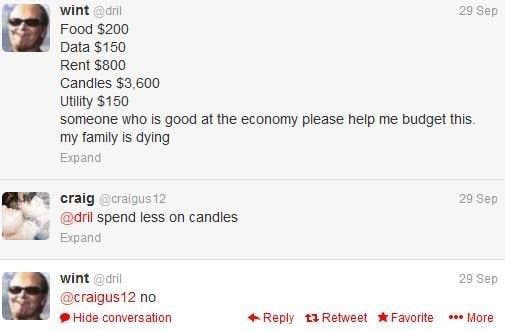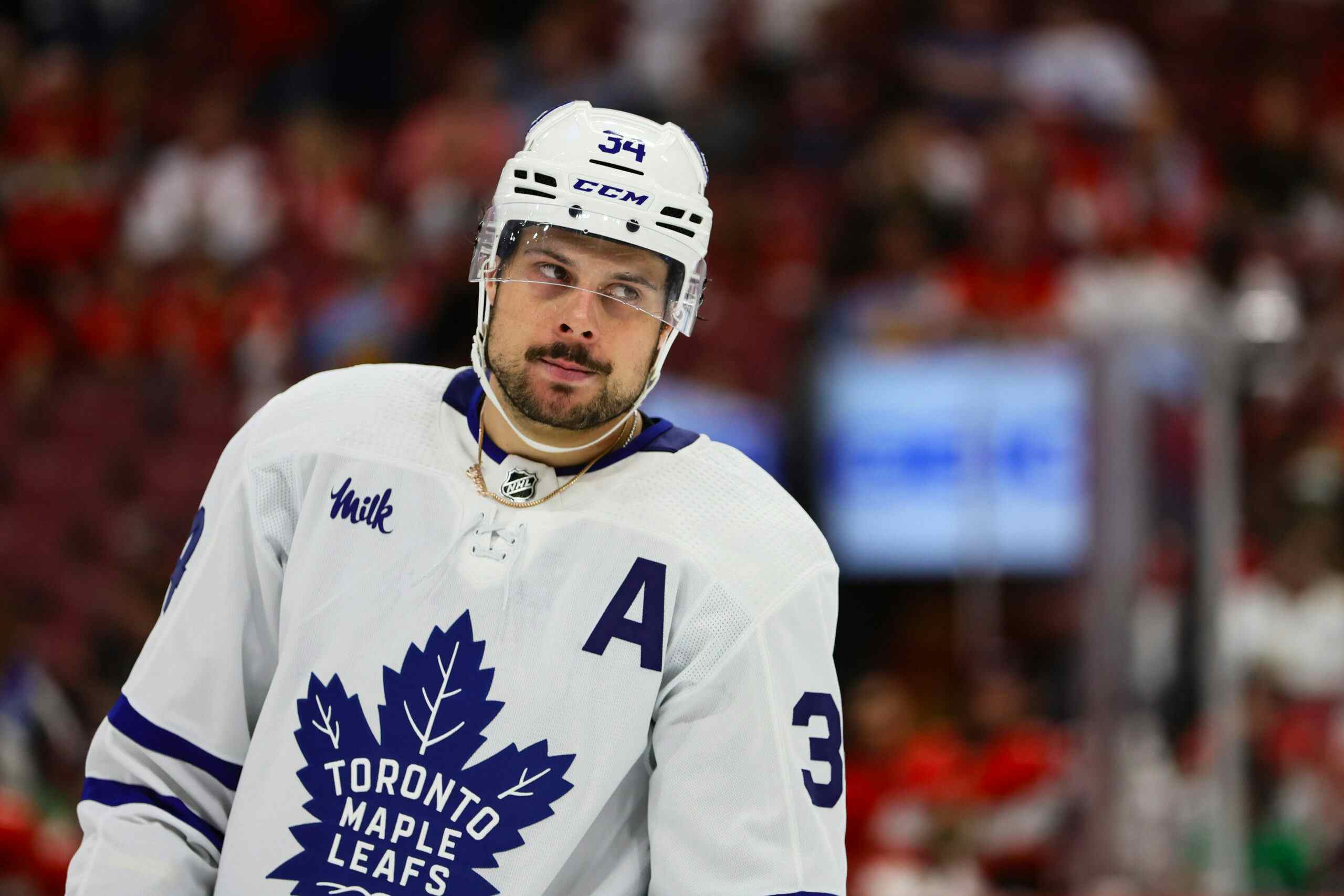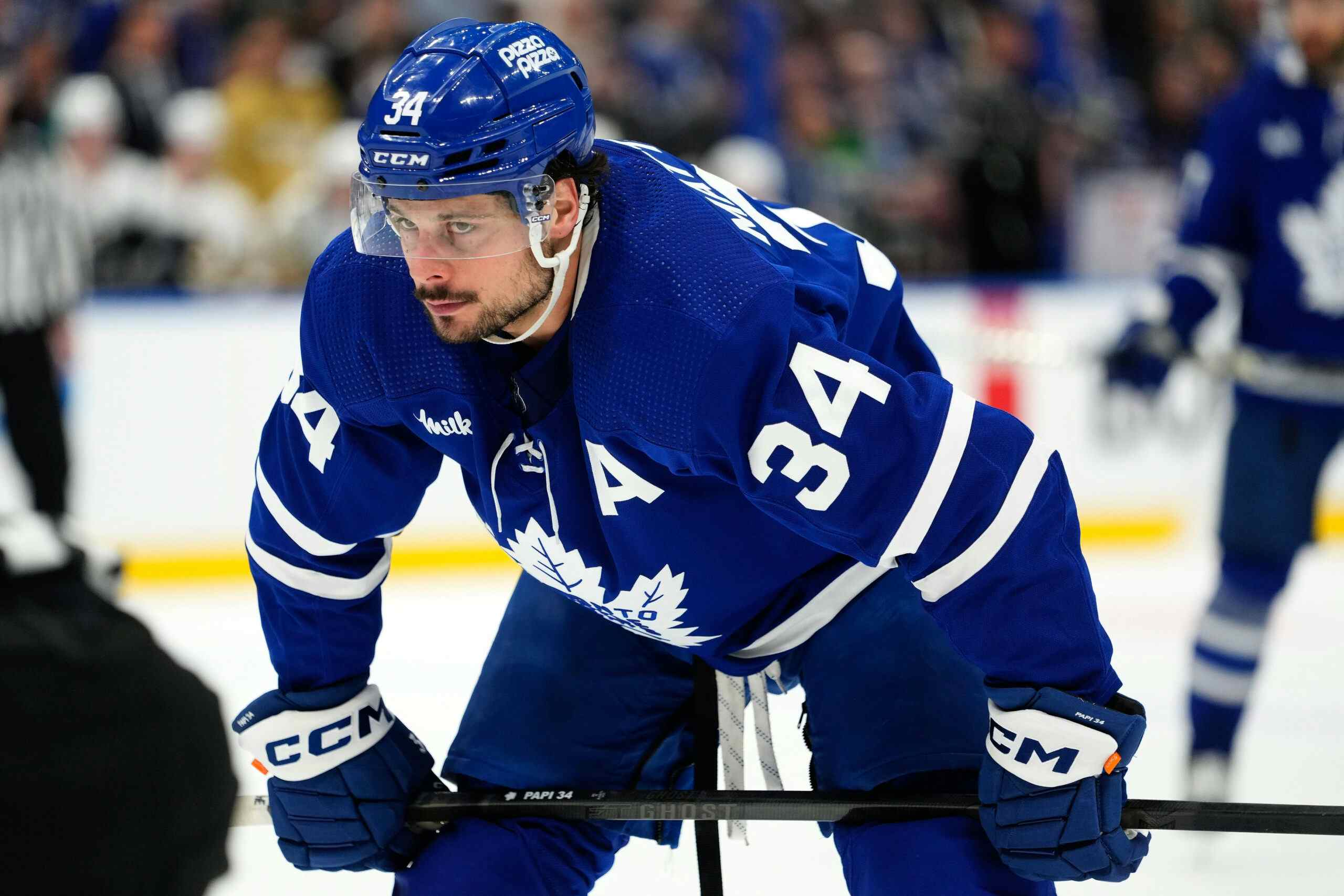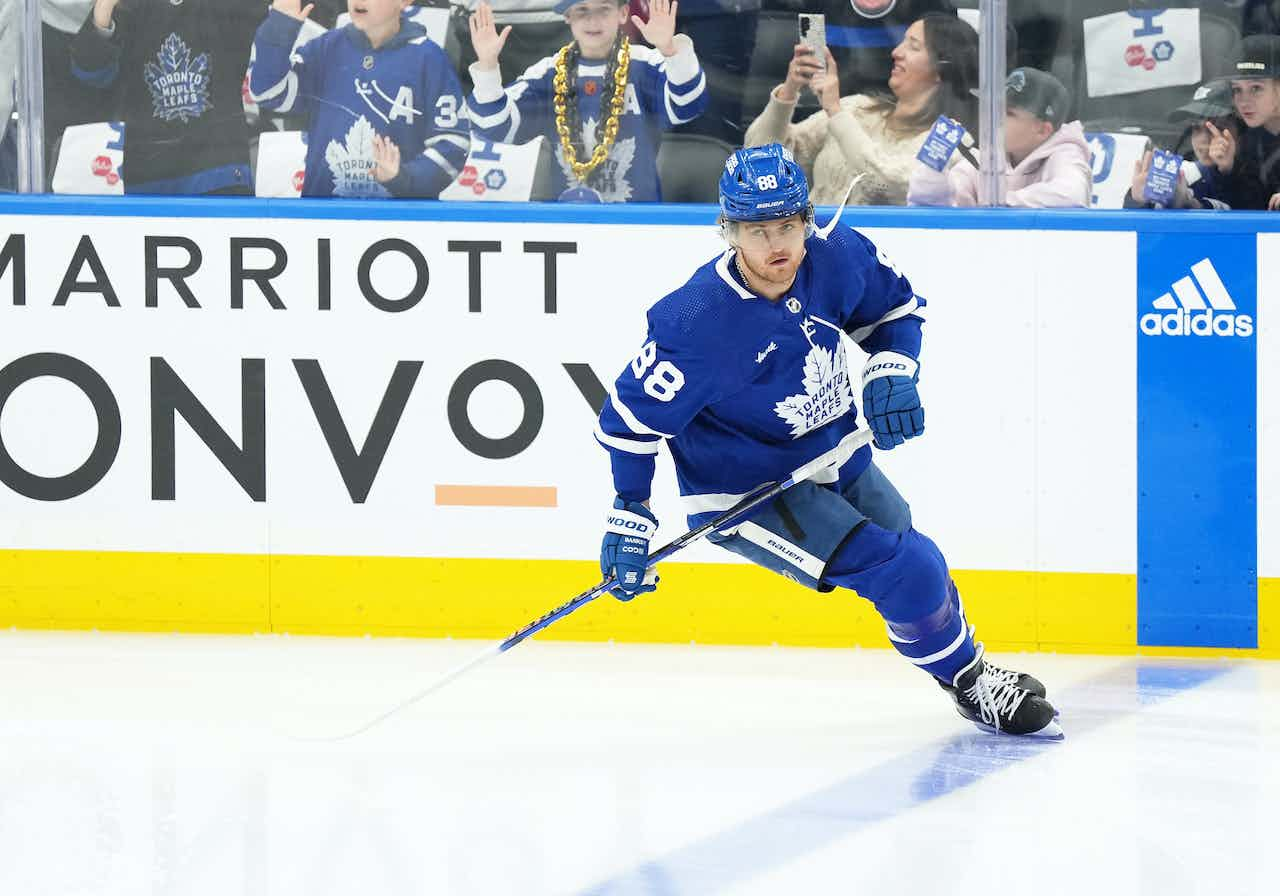Taxes, Cost of Living & Free Agency

By Jon Steitzer
5 years agoThere’s a lot that needs to be considered for players approaching free agency, especially unrestricted free agency. After years of having little say over where they will play, this is the first chance to truly call the shots and in a lot cases choose the market that they will retire in, if they are fortunate enough to sign a long term deal.
Factors like the competitiveness of franchises, quality of the teams facilities and hockey operations departments get discussed a fair bit. It’s also no secret that living someplace warm and spending your winters in the sunbelt has a huge appeal. Fun cities like Vegas, Nashville, Los Angeles, and New York carry some pull with players too, as do hometowns (Waddup, Toronto?). The thing about all of that stuff is that probably plays a huge factor, but isn’t measurable. What is measurable are things like cost of living, and tax rates, and when it comes to that stuff. Toronto is hooped.
Alongside the Senators, the Leafs presently faced with the worst tax rate in the NHL, meaning a player with a $10,000,000 salary only sees $4,680,967 of that. That’s a number that most of us would be pretty happy with, but when you can be making $1,402,863 playing on competitive teams like Vegas, Tampa, or Nashville, or sunbelt teams in Florida or Dallas at the same salary, that’s a pretty noticeable difference. It would be $9,820,041 over a 7 year contract. How many players want to play in Toronto so much that they’d leave $10,000,000 on the table.
Looking at the Cost of Living Index and Cost of Living Plus Rent Index, the story for the Leafs gets a little better, and Toronto is at least a middle of the road team. This probably isn’t going to carry as much weight as the tax rate, but at least Toronto avoids getting hit twice like the California and New York City teams. Perhaps the greatest lesson comes below…

Yeah, that’s ungood. Again, Cost of Living doesn’t carry as much weight, so that only hurts Toronto more. Toronto also doesn’t have California sun or New York night life, and that’s gotta hurt. There really is a huge benefit for teams like Vegas, Tampa, and Nashville that benefit from being good, being in a desirable location, and being places where money goes a lot further. Toronto has to wrap itself up in tradition, being home, and having some of the best facilities and staff in the league. That’s not nothing, but that’s a lot of ground to make up.
What Would Be Fair…
What would be nice to see is the league base the salary cap off of net income rather than gross. That levels the playing field for a lot of teams, especially the Canadian ones, but it seems pretty unlikely we’ll ever see that happen.
Since Life Is Unfair…
The Leafs have been able to work around this by being rich. They will always be a spend to the cap team, and close the gap on the tax issue through longer term and paying higher salaries than other teams have to. If you wondered why Ron Hainsey and Patrick Marleau got what they did from the Leafs, the Cap Friendly Post Tax Calculator answers all of those questions.
Now, that creates other new problems, like if you ever want to trade that player that you had to overpay in free agency, you are going to have a hell of time finding a team that wants that contract. For this reason the Leafs should probably be front loading every contract, and paying as much as they can to each player in signing bonuses. Making contracts movable in later years, or after the signing bonuses are paid digs them out of those holes somewhat, as can stretching term to the max to get the annual hit down.
The other problem is that it’s still hard to be competitive with a team like Tampa that has all that it has going for it and can spend to the salary cap ceiling. That’s a tougher gap to close, and really needs to be dealt with constructively in collective bargaining, but I’ll file that under things that are unlikely to happen, since it’s more about owners negotiating against owners rather than the Players Association.
A Long Term Strategy That Works…
Unrestricted Free Agency needs to be considered the enemy. It can’t factor in to team building the way that it does for a lot of other NHL teams.
We would all be better off if we thought of John Tavares as a beautiful dream of something that could magically be worked out instead of something that the Leafs could realistically do this summer. The same is true of John Carlson. Some team in this league is going to offer Carlson around $8M/year, and for the Leafs they’d need probably need to top that. Since $8M/yr. is a bad idea, let’s not entertain the really bad idea. Mayhaps it’s better to focus on players like James van Riemsdyk who might not want to venture from the environment they know and feel they can be successful in, but the reality is even for Leafs players, if you haven’t signed your unrestricted free agents by the trade deadline its probably best to cut them loose.
The Draft is God. Worship Your God.
The draft is always going to be the best and cheapest way of introducing good players into Toronto’s system long term. This isn’t really different for any other organization, but Toronto can’t really go against this line of thinking. Cliff Fletcher’s “draft schmaft” philosophy was fine during before the salary cap, but now it’s a commitment to failure. I’m not saying that trading 1st and 2nd round picks is completely off the table, but shouldn’t be done too lightly, and should probably be done for players with term or years of restricted free agency left.
If You Need Something, Trade For It
Not every answer is going to come from the draft, and trading is probably the best way to bring in the rest. While the Leafs are attempting to acquire talent with term, they can simultaneously be dumping pending unrestricted free agents for the futures they’ll need to build their team or to use as tradeable assets to bring in what they really want.
Also waivers are good. Claim lots of people off of waivers.
You Don’t Really Think It’s That Simple Do You?
No, but I really think the Leafs relying on free agency is a problem. Free Agency can be a way of rounding out the roster with Dominic Moore type players who add depth. It’s the opportunity to take a chance on a player who has maybe had a couple of bad years and has been undervalued and wants one last shot before heading to Europe. It’s not an opportunity to sign John Carlson to more money than God.

Looking at how the Leafs were built for this season, it’s pretty clear that Free Agency plays a pretty small part in what has been accomplished. That’s not to say that Marleau and Hainsey didn’t add value to the Leafs roster, but they were complimentary to a core that has been established through means more beneficial to the Leafs overall.
While much of the focus this summer will be on the Nylander, Marner, and Matthews contracts, and rightfully so, it will be interesting to see how the Leafs address Jake Gardiner. Gardiner is a player who is due for a significant raise on his next contract, and would certainly have no shortage of suitors in free agency. At the same time, between now and the next trade deadline there’s an opportunity for the Leafs to bring in assets for his expiring deal.
This season Lou Lamoriello made a conscience decision to leave money on the table and not deal Tyler Bozak, Leo Komarov, and James van Riemsdyk and the end result was a first round playoff exit. It remains to be seen if Kyle Dubas will share that vision or if he’ll choose to prioritize the long term vision.
ARTICLE BROUGHT TO YOU BY SPORTS EXCELLENCE

Founded in 1950, Sports Excellence Corporation represents over 150 family-owned independent hockey retailers across Canada and the United States. Our highly knowledgeable hockey specialists are available to assist all your equipment needs. Find your closest Sports Excellence retailer here!
Recent articles from Jon Steitzer







